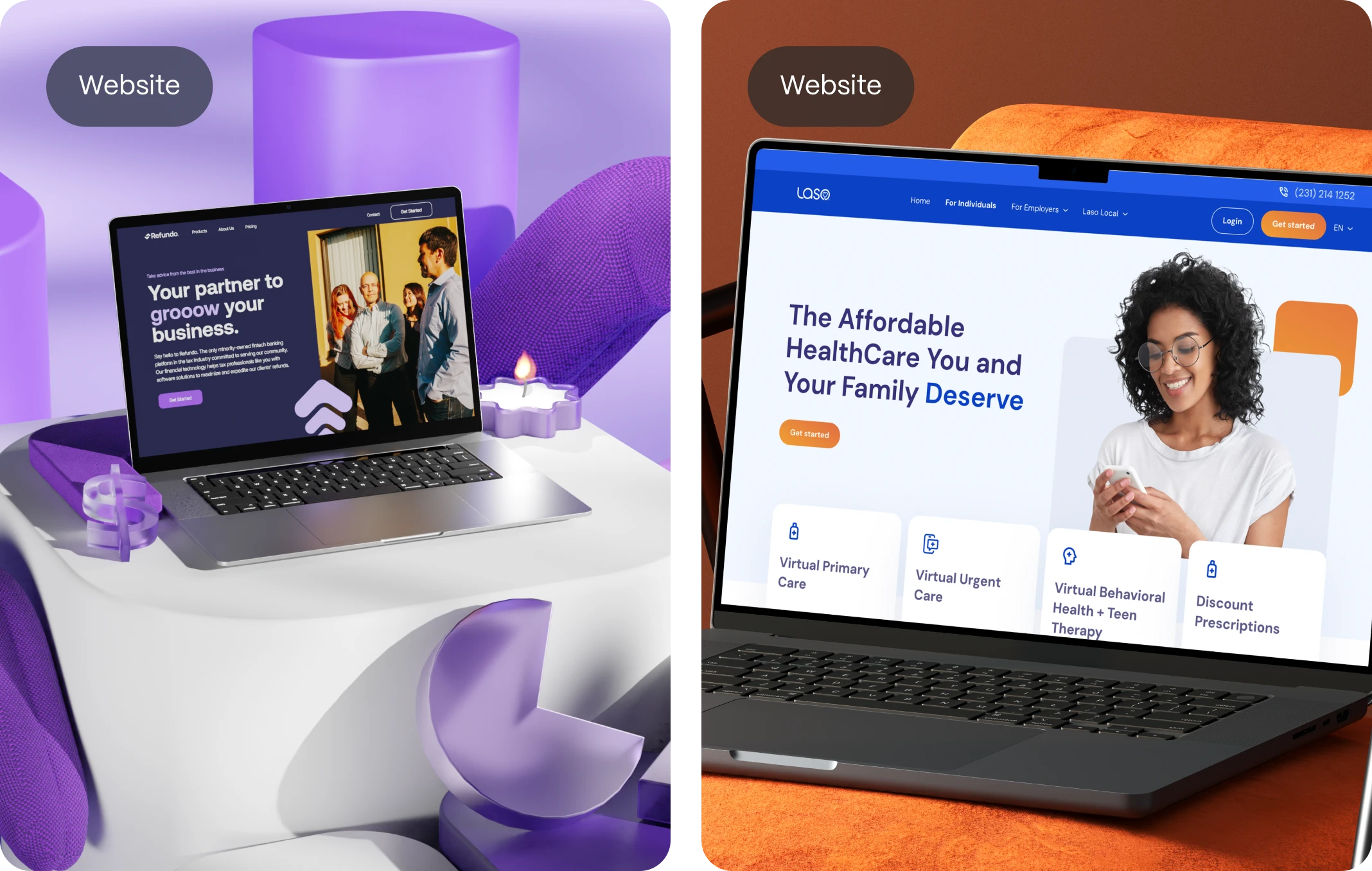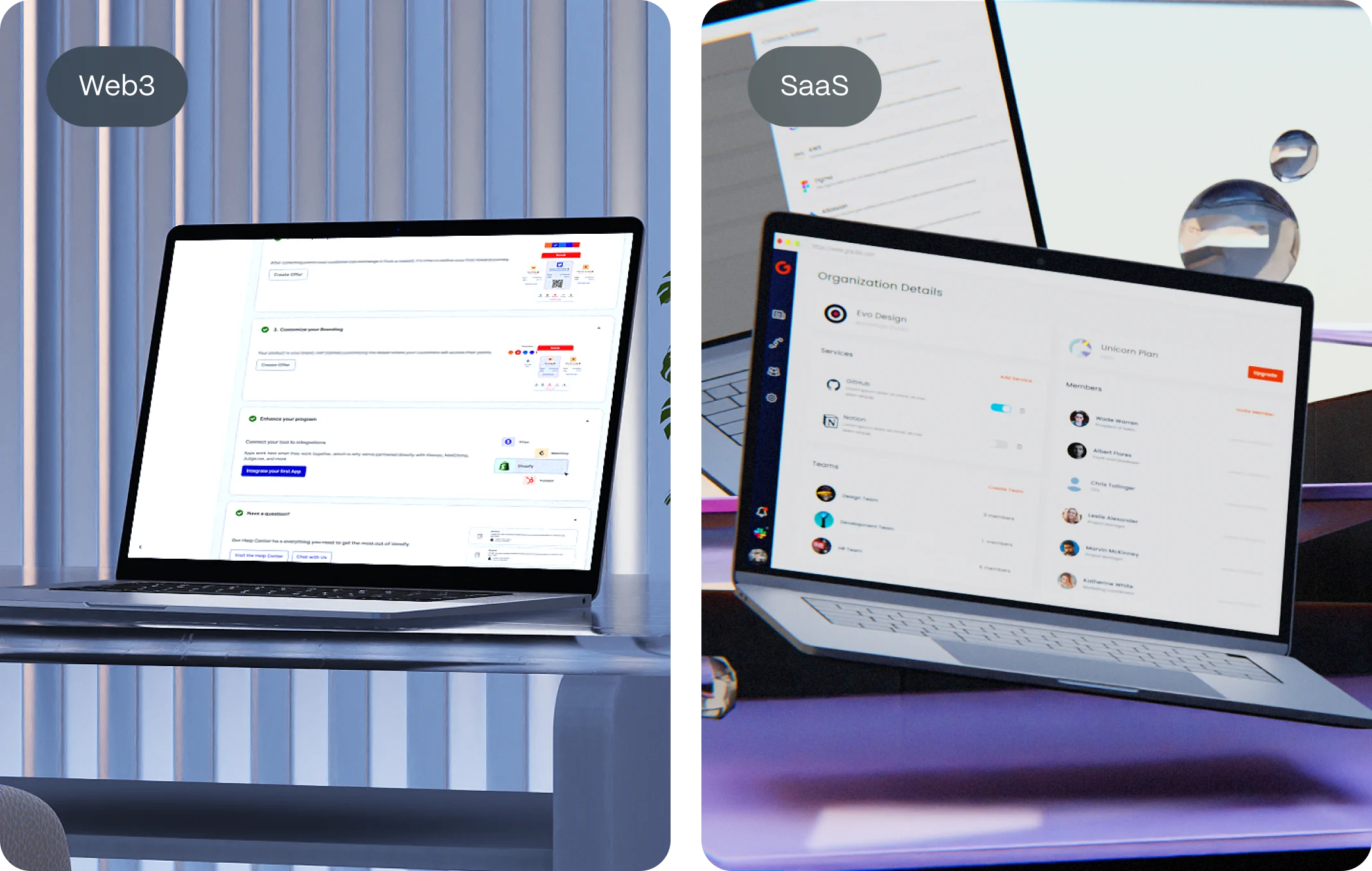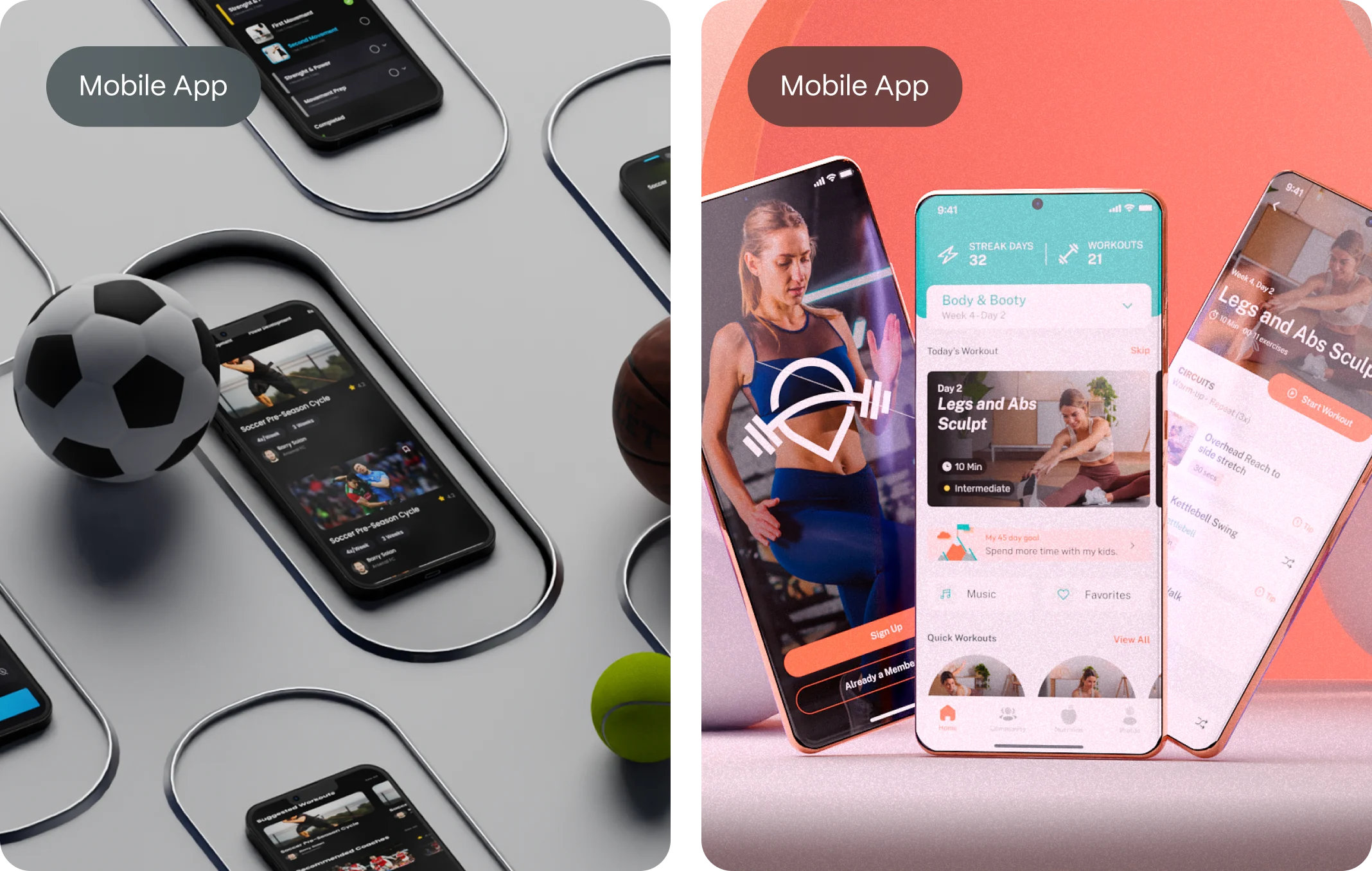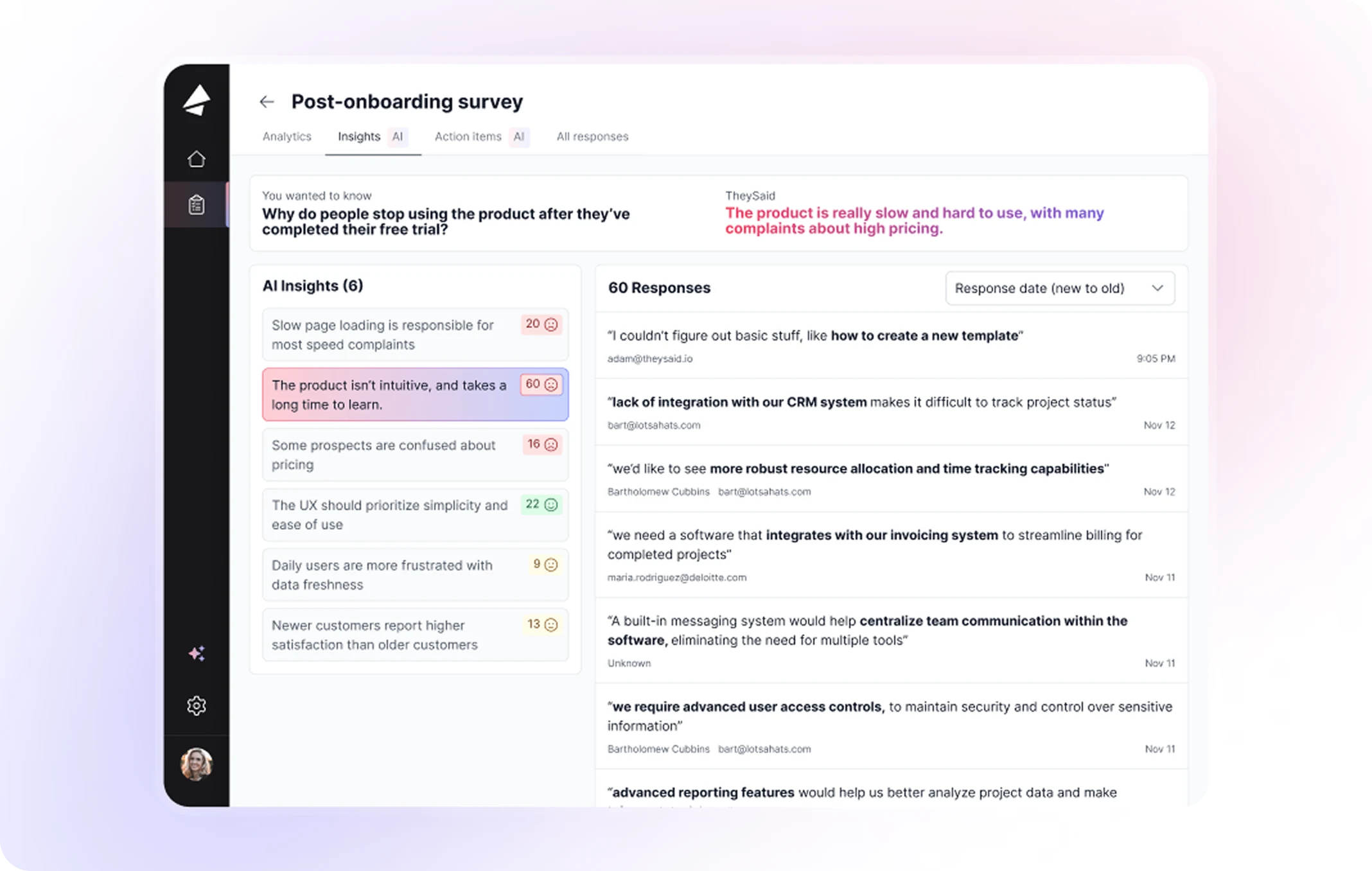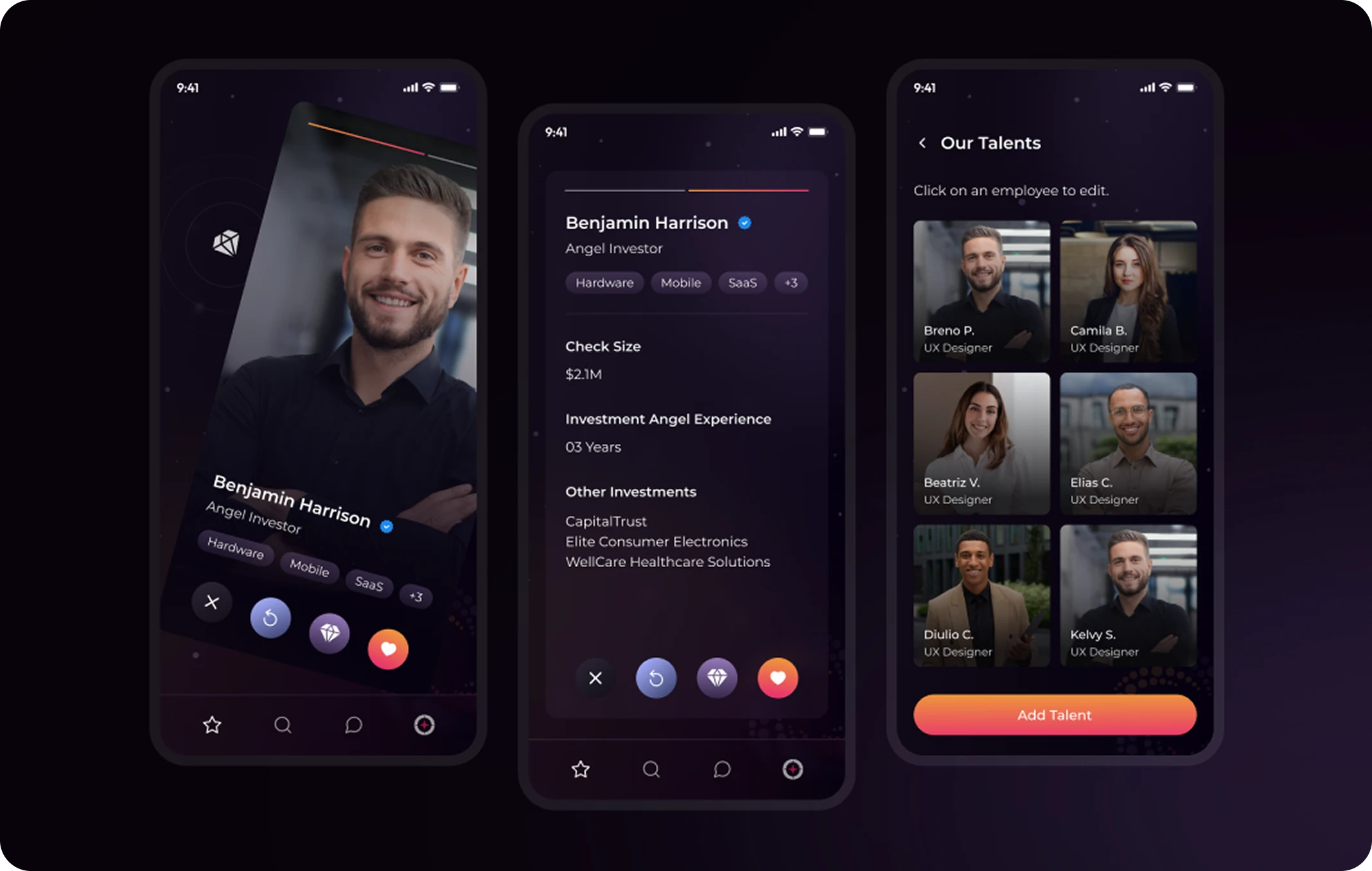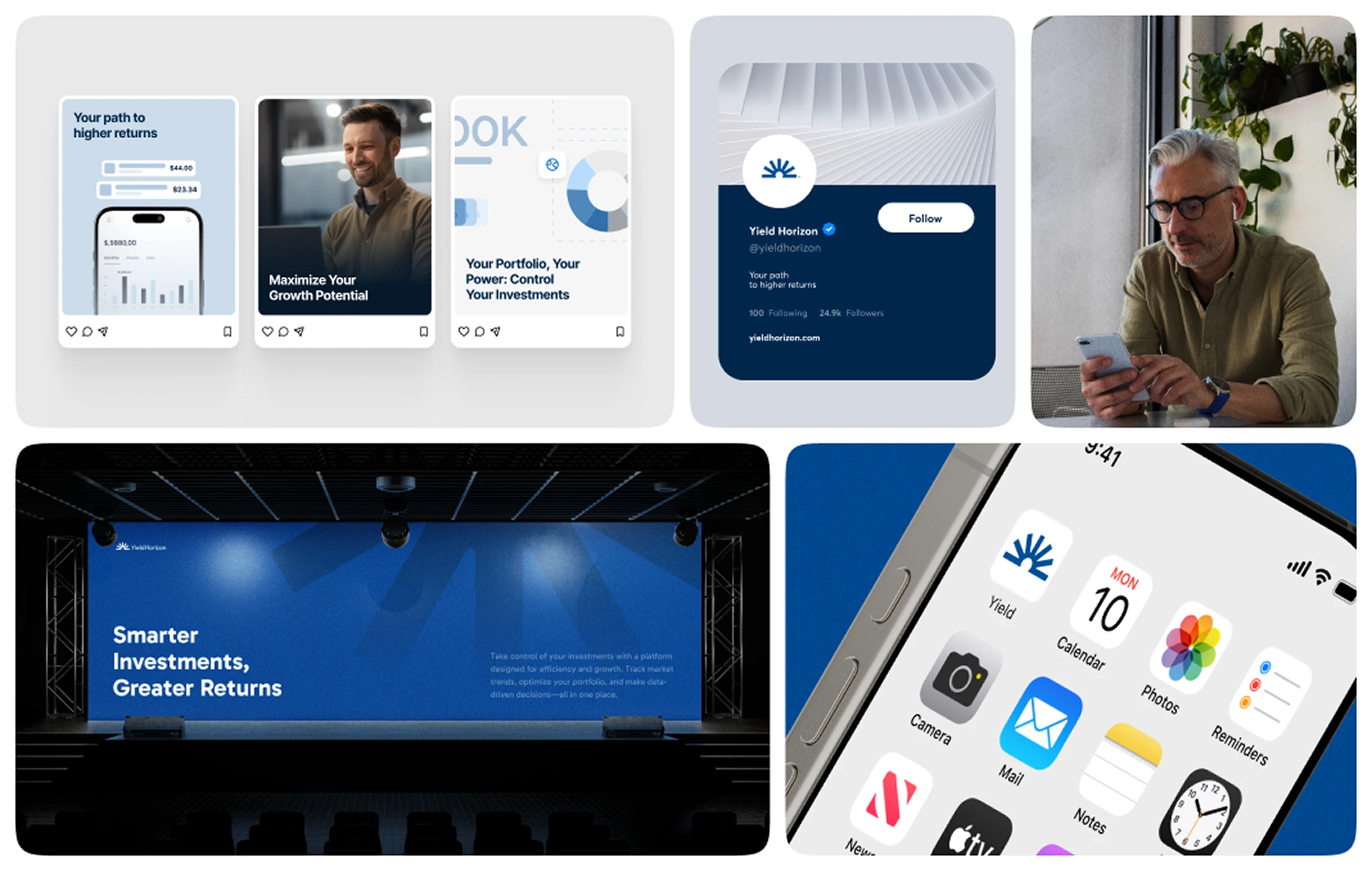The Importance of Cross-Platform Design
In today’s digital world, cross-platform design has become a necessity for modern applications. Users expect seamless transitions between devices, and businesses must ensure consistent experiences across platforms to stay competitive. Whether on mobile, desktop, or tablet, a well-optimized cross-platform app enhances user engagement, increases retention rates, and reduces development costs.
This article explores the importance of cross-platform design, its business benefits, and best practices for implementing a successful cross-platform strategy.
What is Cross-Platform Design?
Cross-platform design refers to creating applications that provide a unified and consistent user experience across multiple operating systems and devices. Instead of designing separate applications for iOS, Android, and web, a cross-platform approach ensures the same functionality and design standards across all platforms.
Core Elements of Cross-Platform Design:
✔ Consistency: Maintain uniform branding, UI components, and navigation.
✔ Adaptability: Ensure responsive layouts adapt to all screen sizes, from mobile to desktop.
✔ Performance: Prioritize fast load times and smooth interactions.
✔ User-Centered Design: Craft intuitive workflows that align with device-specific behaviors.

Why Cross-Platform Design is Essential for Modern Apps
1. Enhanced User Experience Across Devices
Users expect seamless transitions between mobile, desktop, and tablets. Apps that lack consistency frustrate users, causing high abandonment rates. A well-executed cross-platform design ensures fluid navigation, familiar UI components, and a uniform experience.
According to Google’s UX Playbook, 53% of mobile users abandon a site if it takes more than 3 seconds to load. Ensuring cross-platform consistency can help reduce bounce rates and improve engagement.
2. Cost Efficiency & Faster Development
Instead of building and maintaining separate applications for each platform, businesses can leverage cross-platform frameworks to write code once and deploy across multiple devices.
Using a single codebase can reduce development costs by up to 40%, according to research from Forrester (Forrester.com).
3. Increased User Engagement & Retention
Apps with a consistent experience drive higher user engagement and retention rates. Studies show that users are 78% more likely to return to an app that provides a seamless experience across all their devices.
4. Scalability & Easier Maintenance
Maintaining a single cross-platform application means updates, bug fixes, and feature rollouts can be implemented faster and more efficiently. Instead of managing multiple codebases, developers can push updates simultaneously across all platforms.
According to IBM, cross-platform apps require 30% fewer updates compared to native applications.

Best Practices for Cross-Platform Design
1. Use Cross-Platform Development Frameworks
Tools like React Native, Flutter, and Xamarin help developers create seamless experiences while maintaining high performance across devices.
- React Native – Developed by Facebook, allows for near-native performance.
- Flutter – Google’s UI toolkit for natively compiled applications.
- Xamarin – Microsoft-backed framework integrating C# with .NET.
2. Focus on Responsive Design Principles
Your app must adapt to different screen sizes without compromising performance or usability.
Start by using fluid grids, scalable UI elements, and flexible layouts. Additionally, optimize touch interactions for mobile while ensuring keyboard navigation is seamless on desktop. Finally, follow Google’s Material Design to maintain UX consistency.
Google’s Material Design Guidelines provide a great framework for ensuring consistency across devices.
3. Maintain a Unified Brand Identity
Ensure consistency in color schemes, typography, icons, and interactive elements to create a cohesive brand experience across devices.
According to Adobe, consistent branding can increase revenue by up to 23%
Case Studies – Successful Cross-Platform Apps
Airbnb
✔ Used React Native to create a consistent user experience across web and mobile.
✔ Improved development speed by 30%.
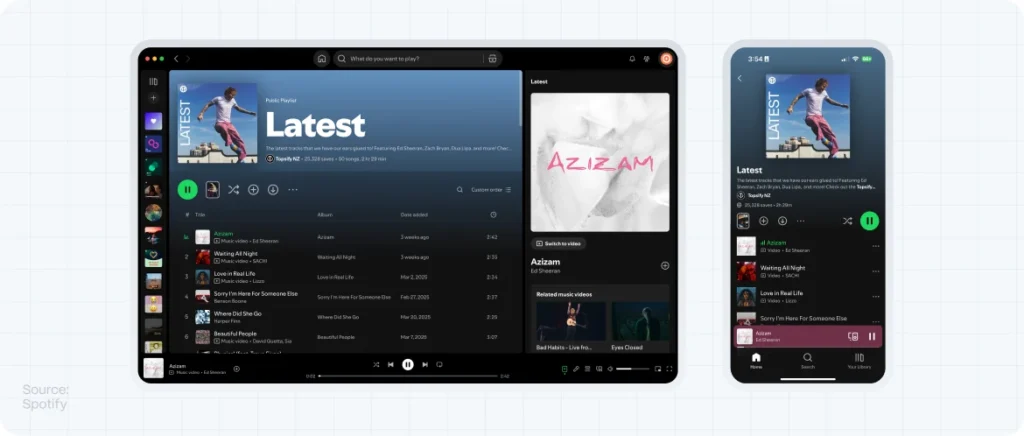
Spotify
✔ Designed a seamless experience between mobile, desktop, and web players.
✔ Increased user engagement by 60% through personalized cross-device listening.
Evo Design Studio’s Approach to Cross-Platform Design
At Evo Design Studio, we specialize in building high-performing, scalable, and user-friendly cross-platform applications.
Why Choose Us?
✔ User-First Approach: Designs driven by behavioral insights.
✔ Future-Proof Solutions: Apps built to evolve with tech trends.
✔ Proven Results: Enhanced engagement and ROI for clients.
Ready to build a cross-platform app that delivers results? Contact us today.
FAQ
What is Cross-Platform Design?
Cross-Platform Design ensures a consistent user experience across different devices and operating systems, reducing fragmentation and increasing usability.
What are the best tools for cross-platform development?
Popular frameworks include React Native, Flutter, and Xamarin, each offering advantages for performance, speed, and scalability.
How does Cross-Platform Design impact business costs?
A single codebase reduces development and maintenance costs, accelerating time-to-market and improving ROI.
What are the main challenges of Cross-Platform Design?
✔ Performance optimization across platforms
✔ Maintaining native-like experiences
✔ Ensuring responsive UI/UX consistencyHow can Evo Design Studio help with Cross-Platform Design?
We specialize in custom, scalable cross-platform apps with high performance and seamless user experiences.

